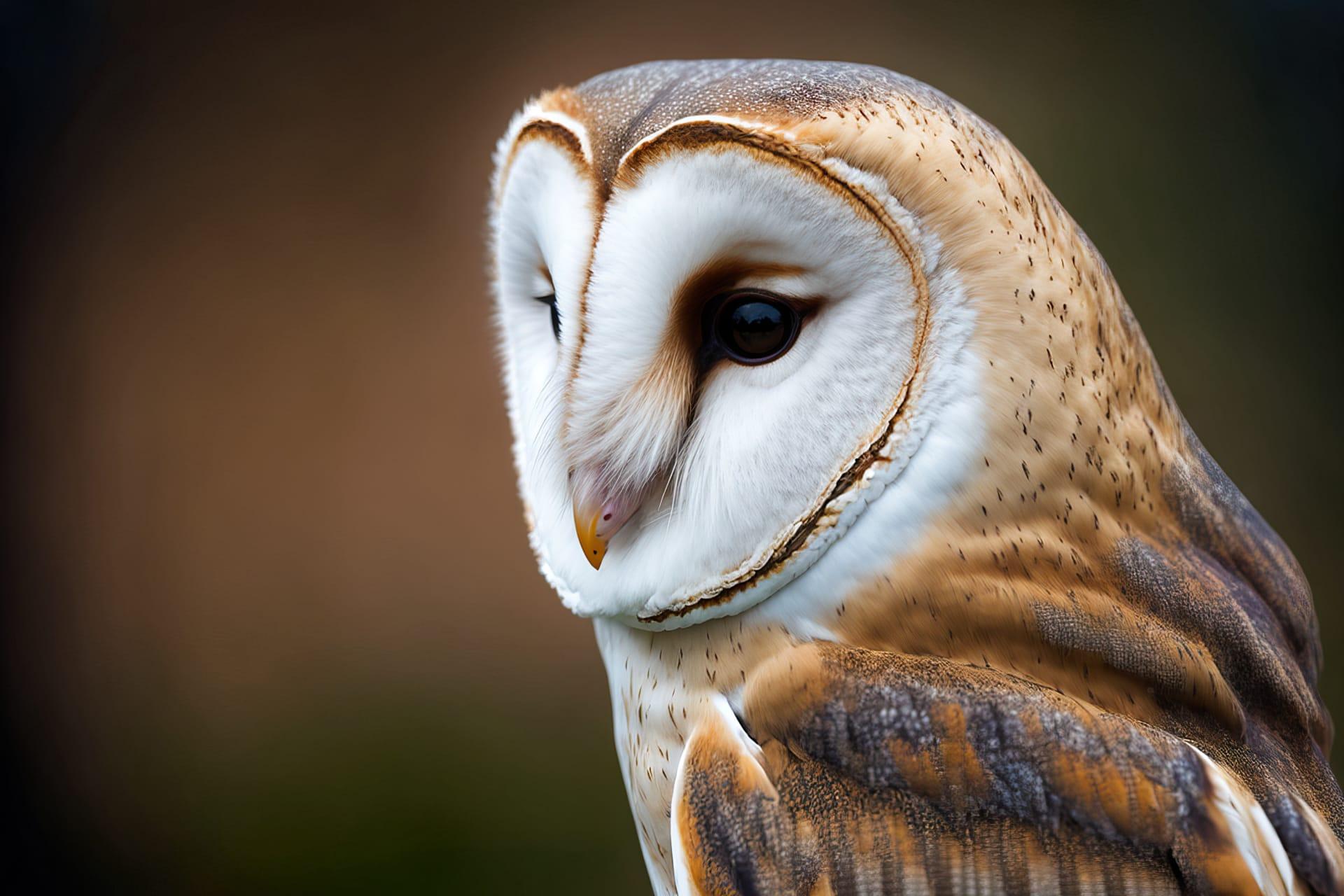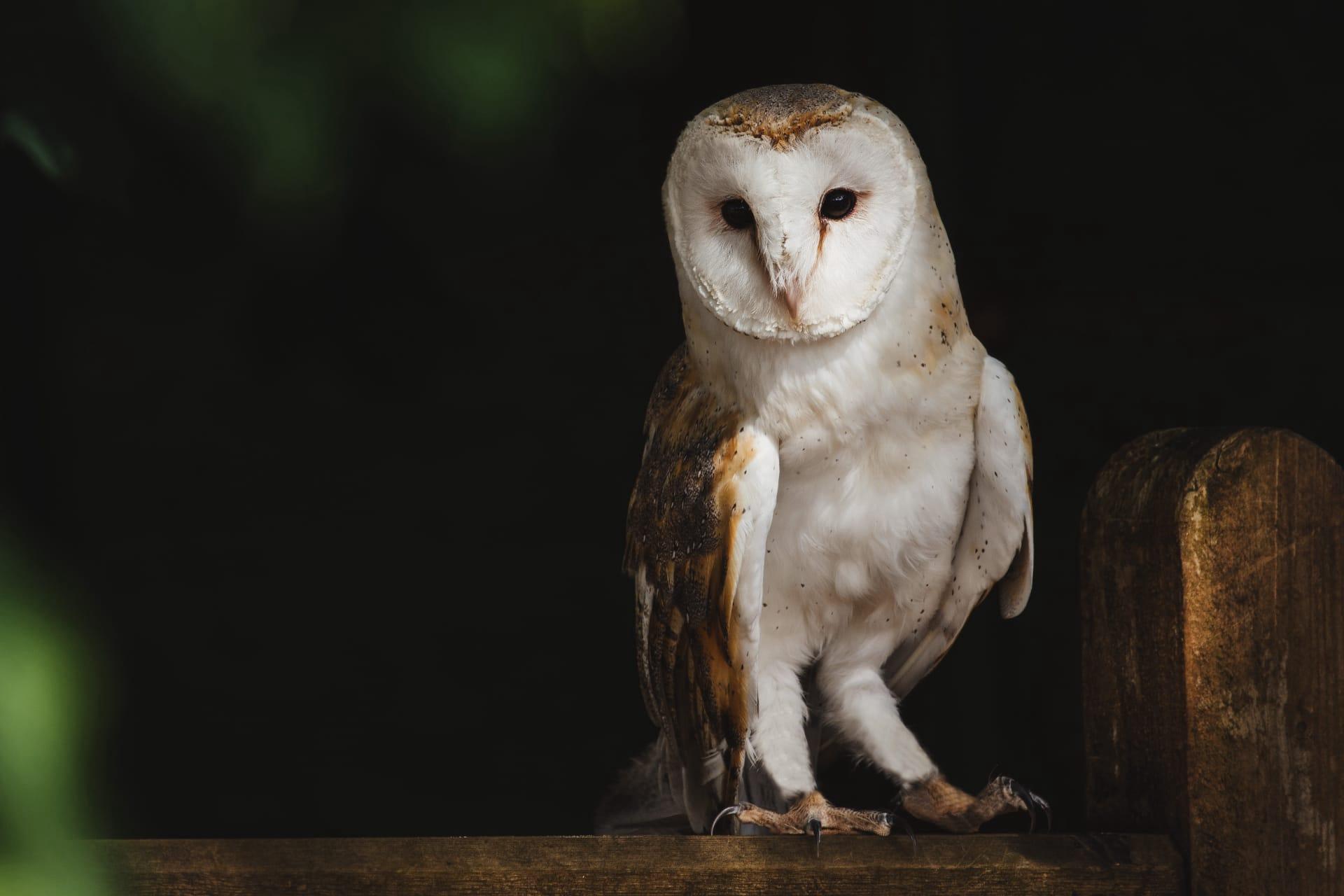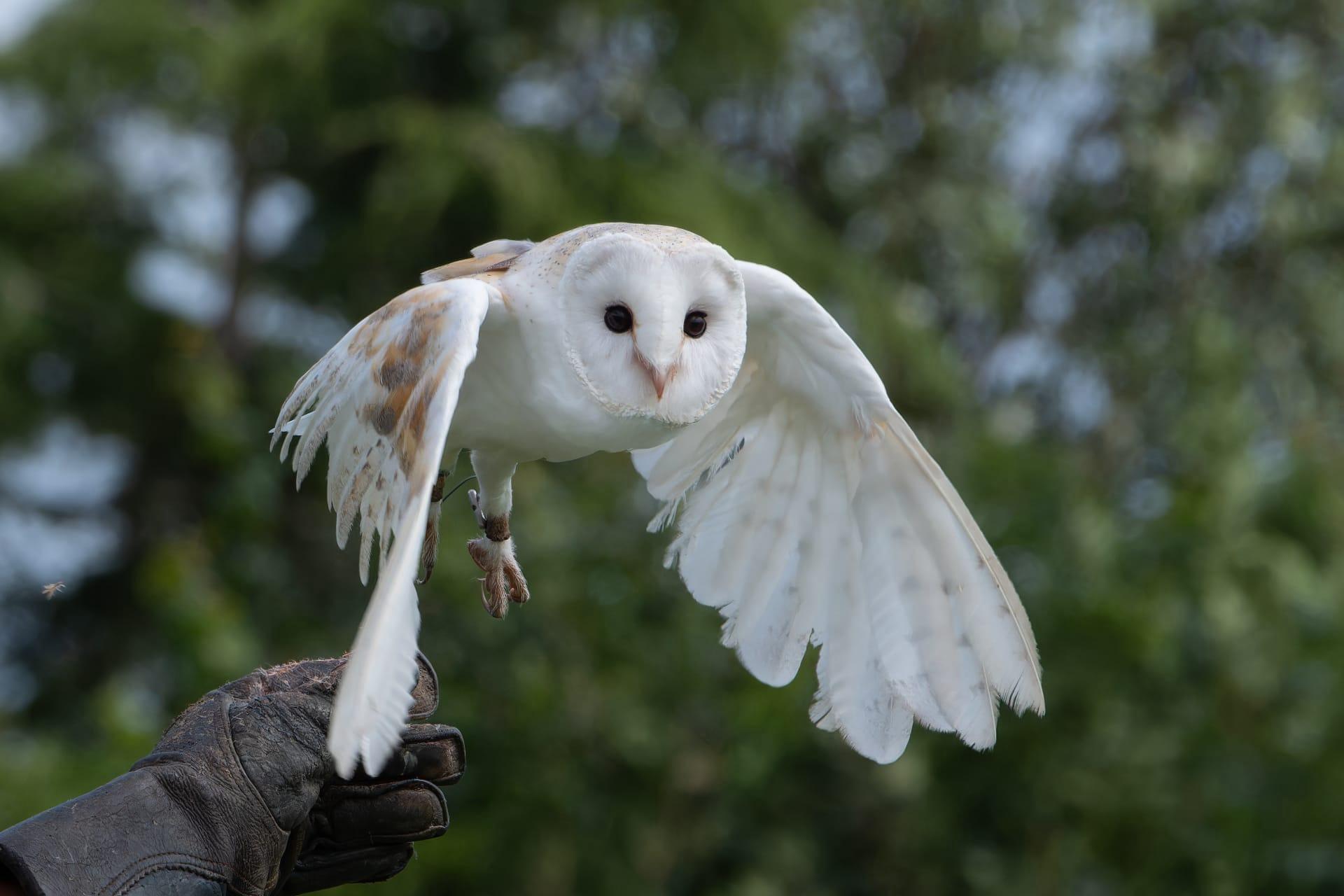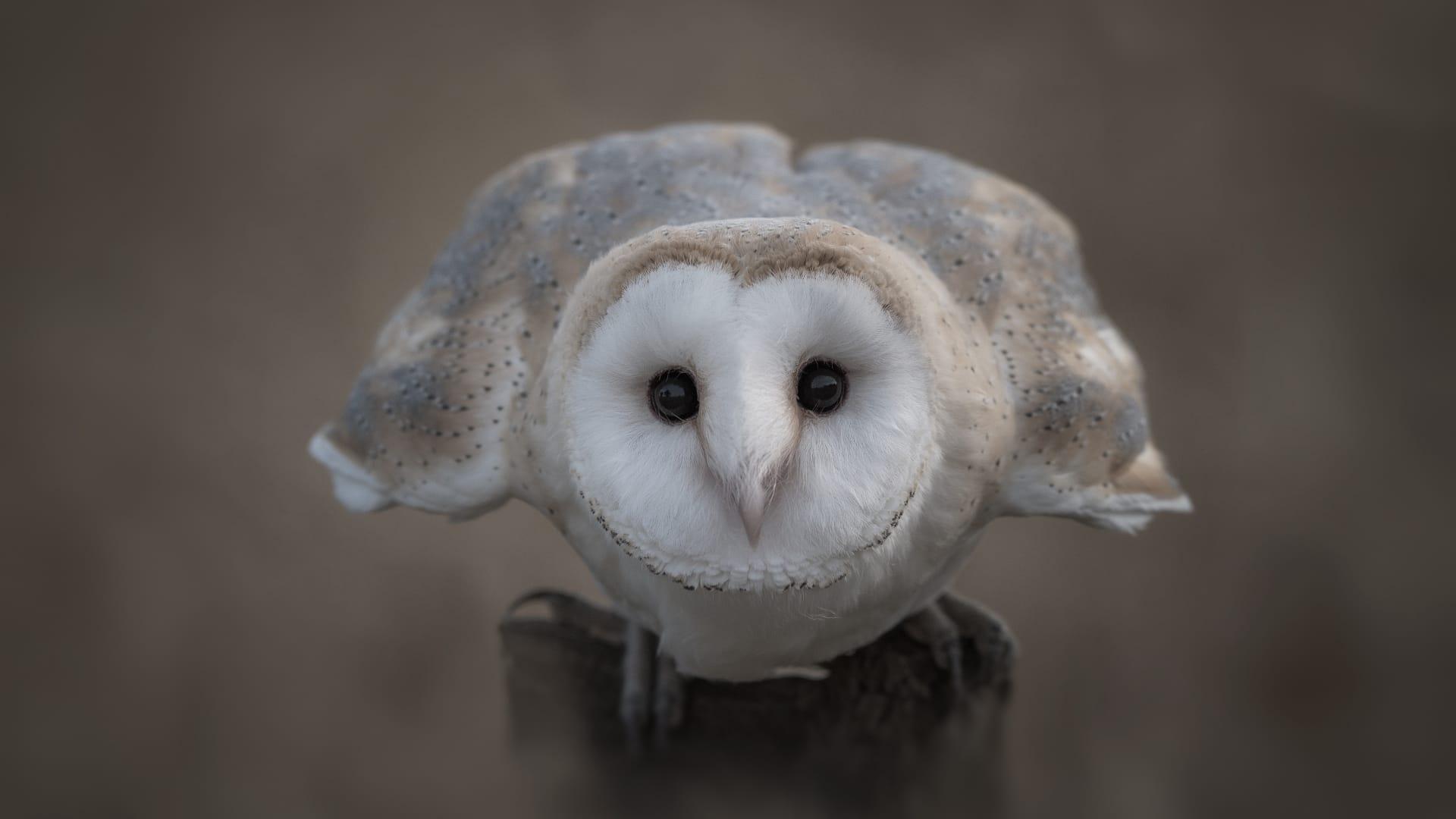1
Barn Owls have an extraordinary hearing ability, which is crucial for their hunting strategy. They can catch prey in total darkness, relying solely on their hearing. This is possible because of their asymmetrical ears; one ear is higher than the other, allowing them to pinpoint the exact location of their prey. Studies show that in a completely dark room, a Barn Owl can catch a mouse with just the sound of its movement, having a success rate of over 90%. Their hearing is so precise that they can detect the sound of a mouse stepping on a twig from 30 meters away.
The facial disc of a Barn Owl acts like a satellite dish, channeling sound to their ears. This disc-shaped face, which gives them a distinctive appearance, is made up of stiff feathers that direct sound waves to their ears. The structure and arrangement of these feathers are so efficient that they can amplify the faintest noises, including the heartbeat of a mouse hiding under leaves. This adaptation makes them one of the most successful nocturnal hunters in the bird world.

2
Barn Owls are silent flyers, a feature that gives them an edge in hunting. Their wings and feathers have unique adaptations that enable them to fly virtually noiselessly. The leading edge of their wings has a comb-like structure that breaks up the turbulence created by air hitting the wing, reducing noise. Additionally, the rest of their wing feathers have a soft, velvety texture that absorbs sound frequencies typically heard by their prey. This silent flight makes Barn Owls deadly predators, as they can swoop down on their prey undetected.
These owls have a remarkable ability to adapt to different environments. While they prefer open habitats like farmlands and grasslands, they can also thrive in suburban areas. Barn Owls do not build nests; instead, they use cavities in trees, barns, or abandoned buildings. This adaptability is key to their survival, allowing them to live in various environments across the globe. They have one of the most extensive ranges of any bird species, found on every continent except Antarctica.

3
The diet of a Barn Owl is predominantly composed of rodents, making them valuable for pest control in agricultural areas. A single Barn Owl family can consume up to 3,000 rodents in a breeding season. This appetite for pests like mice and voles helps maintain the ecological balance and aids farmers by naturally reducing the number of crop-damaging animals. Their hunting efficiency is so high that some regions encourage Barn Owl populations as a natural method of pest management.
Barn Owls have a unique way of consuming their prey. They swallow their prey whole, and their digestive system separates the nutritious parts from the indigestible parts like bones and fur. Approximately 10 hours after feeding, they regurgitate these indigestible parts as compact pellets. These pellets provide valuable information to scientists, who can study them to understand the diet and hunting patterns of these owls, as well as the biodiversity of the area they inhabit.

4
Barn Owls are monogamous and often mate for life, showing a strong bond with their partners. During the breeding season, the male performs elaborate courtship flights to attract a female. Once paired, they engage in mutual preening and share food, strengthening their bond. This lifelong partnership is essential for raising their offspring, as both parents participate in feeding and protecting the young. The male typically hunts and brings food to the nest, while the female incubates the eggs and cares for the chicks.
Their nesting habits are quite unique. Unlike many other bird species, Barn Owls do not gather materials to build a nest. Instead, they lay their eggs on the bare surface of their chosen nesting site, which could be a cavity in a tree, an old barn, or even a ledge in an abandoned building. The female lays up to 6 eggs at intervals of 2-3 days, and these eggs hatch asynchronously. This means that there can be significant size differences between the oldest and youngest chicks in the same brood.

5
Barn Owls have a distinct appearance compared to other owl species. They have a heart-shaped face, which is not only visually striking but also functional, assisting in their hunting by directing sound to their ears. Their plumage is primarily a mix of white and golden-brown, providing excellent camouflage in their typical habitats. The feathers on the underside are predominantly white, which helps them remain unseen from prey below during flight.
Interestingly, Barn Owls do not hoot like many other owl species. Instead, they produce a variety of other sounds. One of their most notable calls is a long, eerie screech. This screech, often heard at night, has contributed to many folk tales and myths about owls. Besides screeching, they also produce hisses, snarls, and chirps, especially when threatened or communicating with their young. These diverse vocalizations play a crucial role in their social interactions and territorial behavior.